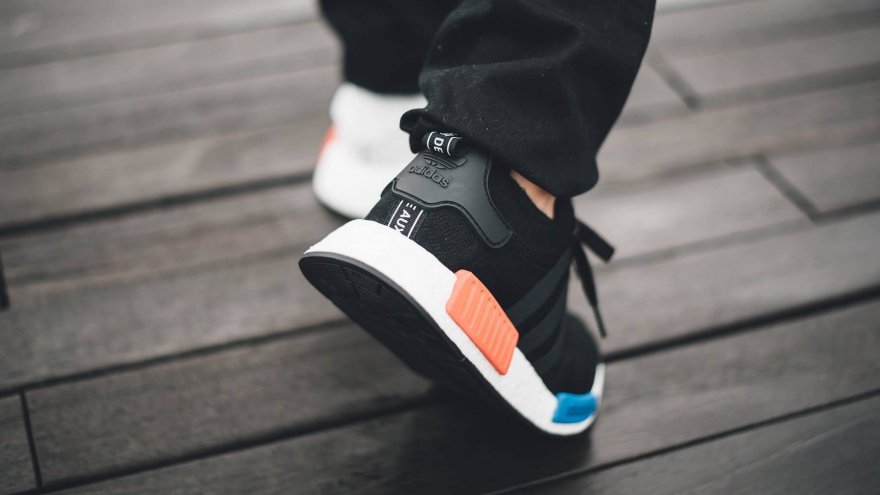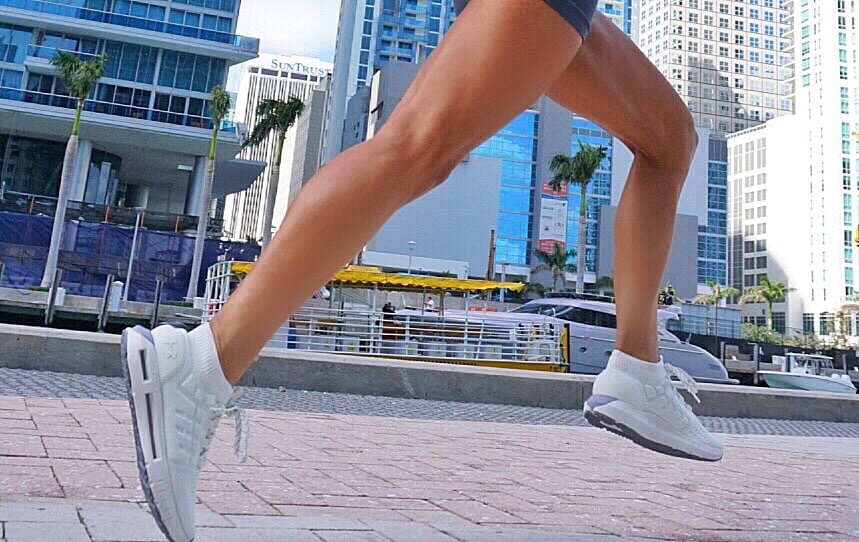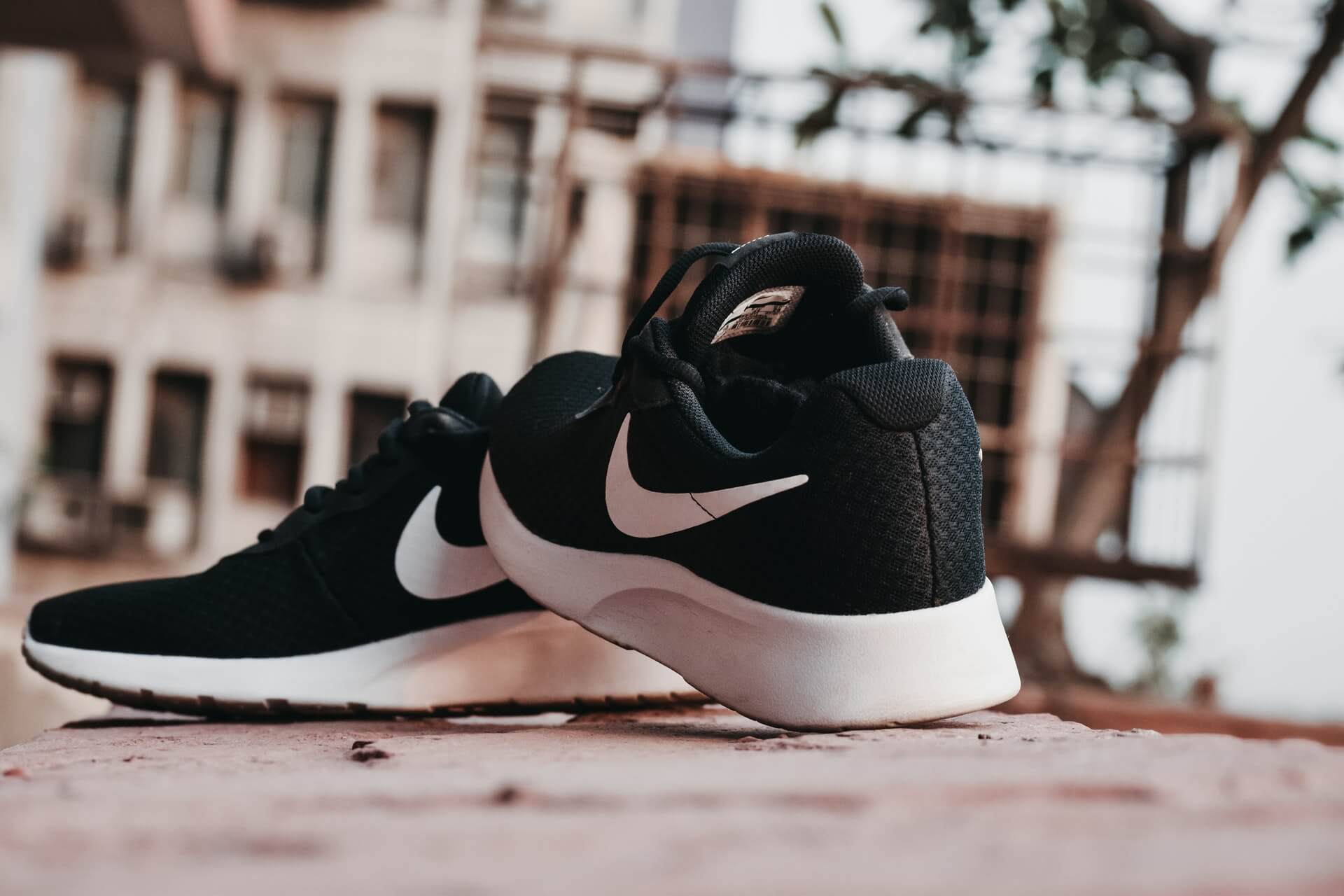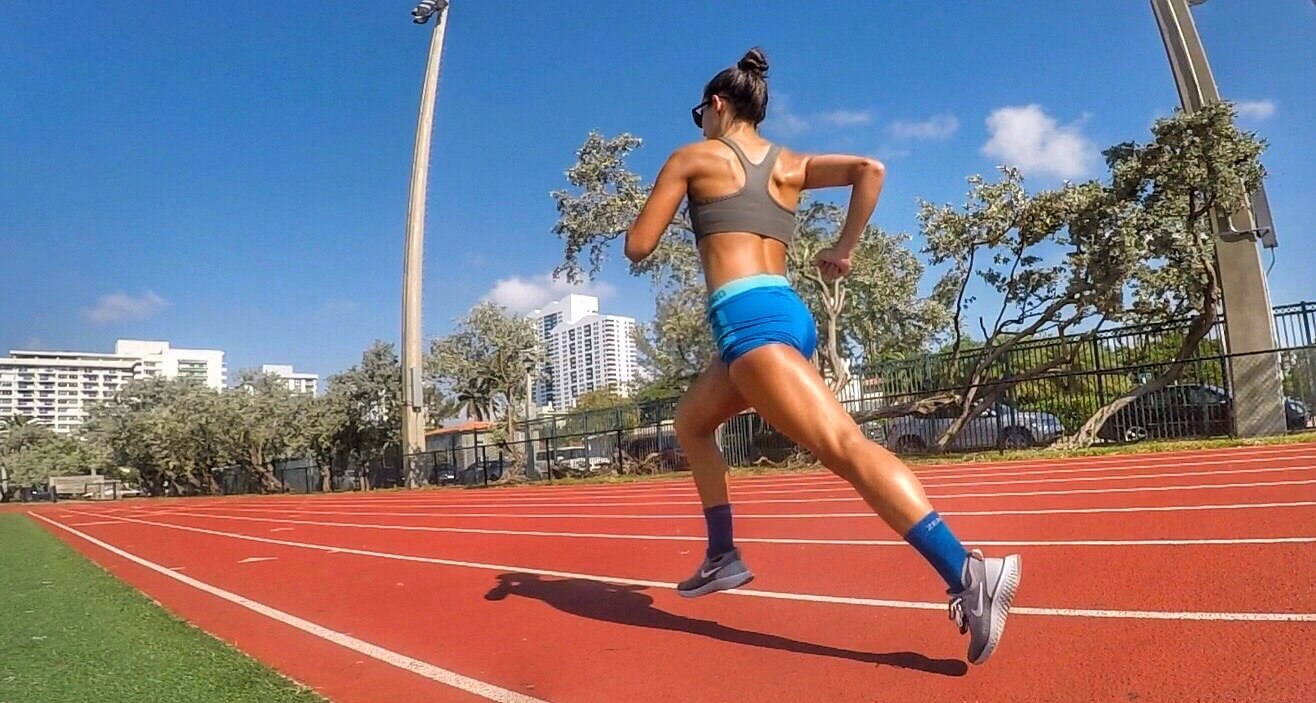What Exactly is Responsiveness?

Once you become a regular runner, you most likely will research what shoes are best for the sport. Until you try on a pair and actually go for a run with them, it is difficult to decide how much cushioning, weight, and support you really need. Major brands are all competing with the use of updated higher quality foam materials either to enhance the so-called ‘energy return’ or make the lightest possible shoe on the planet. One attribute that is getting much attention these days is responsiveness. It is supposed to make you feel fast and as if the shoe itself is pushing you into your next step. There is a misunderstanding of how much a shoe can really make you a faster runner.
The Point of Running Shoes
Just as everyday shoes are made to protect your feet during any activity, running shoes are basically created to do the same. It is known that many accidental and overuse injuries and body pains stem from the feet, which is why buying the right shoes for YOUR feet is important. Just because a company says its shoe can make you a certain percentage faster or is the lightest weighted shoe on the market does not mean it will be the best for you. If you have been injured in the past or are experiencing any kind of foot pain currently, buying a more supportive shoe is ideal. The lighter shoes will usually feel great when running but are not going to supply the amount of cushioning a heavier shoe can. It may end up being a trial and error situation, but many running specialty stores can guide you to the right pair.

Responsiveness Within Shoes
When you hear this term, you most likely immediately think of an extra push during running. Shoemakers will describe responsiveness as the energy of the shoe. By no means does this claim that the shoe will actually create energy for you. Any energy going into your push-off and stride is created by your own muscles and gets dissipated as you land. The energy return is basically the amount of energy left from that point that is used for your next step. A certain amount of energy created by the body during running gets lost as heat in the shoe, which is what shoe companies are trying to control when making more responsive styles. The less energy lost in the shoe, the more powerful and faster you will feel—or so they claim.

Responsiveness is supposed to feel somewhat springy. The moment your foot hits the ground, you should feel it bounce right back up in a way. It sounds like the ideal shoe if you want to be a fast runner, but it is not 100% accurate if it can really save you that much energy in the long run—literally. To make it even more confusing, some brands are describing their styles as ‘responsive cushioning’. If the shoe is more cushioned, doesn’t that mean it will take up more energy since the foot has to drown in that cushion before it can push off again? Maybe, but it is a term that catches attention and helps with the sales of shoes.
Responsiveness Within Your Stride
To run fast and more efficiently our strides must be responsive, in the same way a shoe is made responsive. It is important that we feel we are bouncing right off the ground as we land with almost the same energy we put into the landing. This type of running stride is what will help decrease the risk of injuries, especially directly in the feet. If you feel like you stomp the ground with significant pressure during your landing, you definitely need to work on improving your stride. The way to improve this is to work on your cadence. Count how many times your right foot hits the ground in one minute and then double it. The number should be at least around 180 steps per minute. Many running watches have a function that calculates this for you on all of your runs.

If you are significantly under the 180 value, then you are most likely pounding hard on the group with every step and wasting energy with a more upward propulsion. The higher the cadence the better you are at using more of the energy you are putting into each stride, making you faster and less injury-prone. Running drills such as striders help improve efficiency by increasing your cadence. After a few runs each week, practice taking small, quick steps for 30 seconds, increasing your speed over time. The goal is to keep your body low to the ground and have a quicker turnover with each step. The key to a more responsive ride is not in the shoe, but rather in the runner. The energy needed to stride faster comes from our own muscles and tendons. The shoes just help out with not wasting too much energy, and even then, it all depends on a runner’s specific mechanics.
Sources
Latest Articles
 Is Running on a Treadmill Easier Than Running Outside?Runners have their own preferences, whether it is treadmill running, running outside on the road, or exploring trails. So...
Is Running on a Treadmill Easier Than Running Outside?Runners have their own preferences, whether it is treadmill running, running outside on the road, or exploring trails. So... Is It OK to Use Trail Running Shoes on the Road?While trail running shoes can be used on roads, especially in situations where a runner encounters mixed terrains or pref...
Is It OK to Use Trail Running Shoes on the Road?While trail running shoes can be used on roads, especially in situations where a runner encounters mixed terrains or pref... How to Fix Sore Quads After Running?Rest, ice, gentle stretching, and over-the-counter pain relievers can help soothe sore quads after running. Also, ensure ...
How to Fix Sore Quads After Running?Rest, ice, gentle stretching, and over-the-counter pain relievers can help soothe sore quads after running. Also, ensure ... 10 Fruits With The Most Electrolytes to Replace Sports DrinksThese fruits are high in electrolytes such as potassium, magnesium, and calcium, essential for hydration, muscle function...
10 Fruits With The Most Electrolytes to Replace Sports DrinksThese fruits are high in electrolytes such as potassium, magnesium, and calcium, essential for hydration, muscle function...

